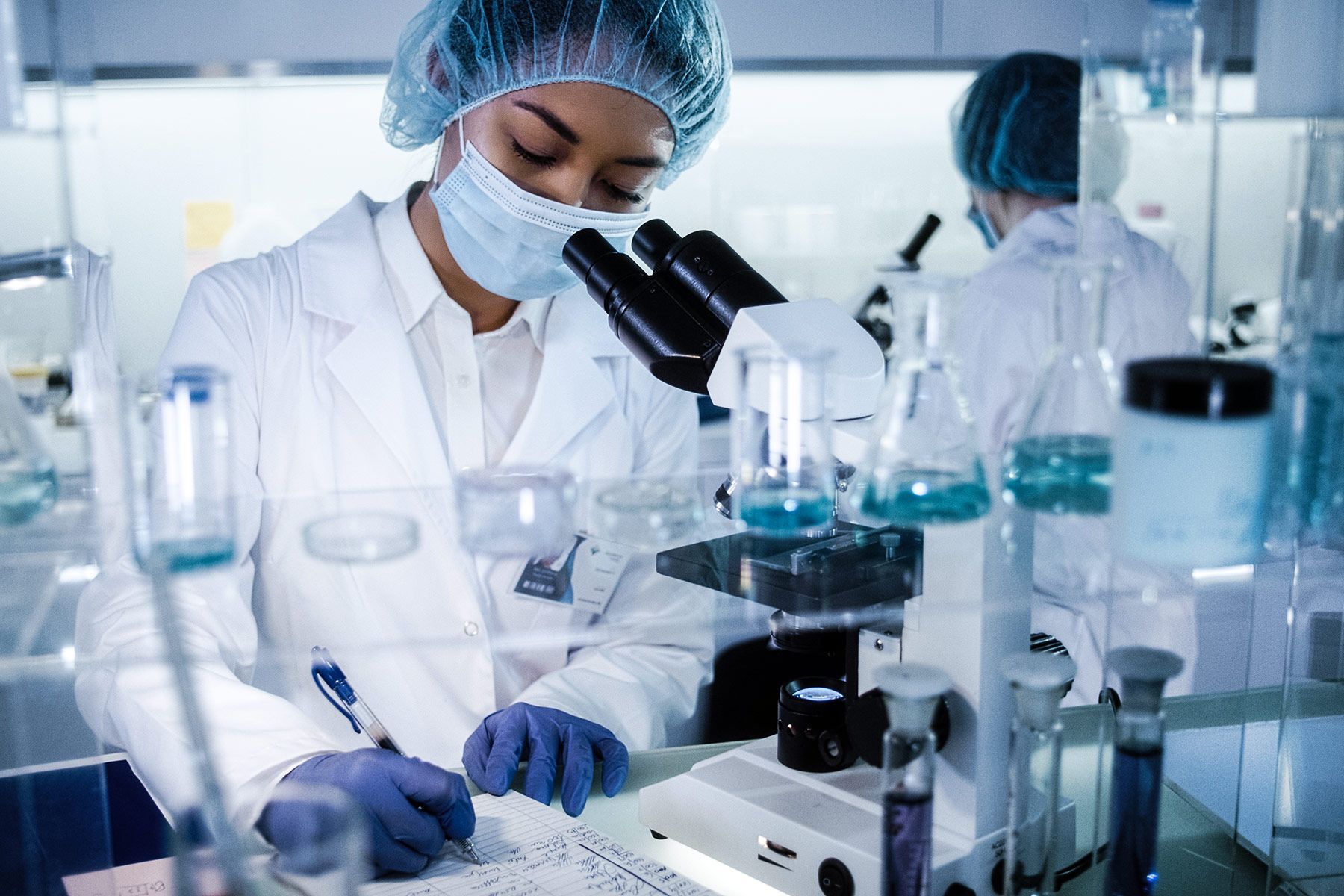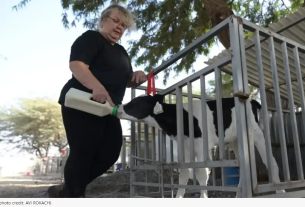|
Getting your Trinity Audio player ready...
|
By James Giordano, PhD, as told to Kara Mayer Robinson
Over the last 20 years, we’ve seen major strides in the treatment options for major depressive disorder.
We now understand that depression isn’t the same for everyone. The idea is to identify and diagnose what’s happening in a person’s neurochemistry so we can target our treatment in a way that works specifically for them.
Advances in Evidence-Based Treatment
Drug therapy has come a long way in recent years. We’ve improved the scope and focus of drug therapy by developing more selective or specialized antidepressants and combining them in new ways, with fewer side effects.
Drug therapy today may include newer medications like citalopram (Celexa) and escitalopram (Lexapro) as well as existing medications like fluoxetine (Prozac) and sertraline (Zoloft).
It tends to work best when combined with psychotherapy, as supported by ample evidence. We now know the most effective and efficient types of therapy appear to be cognitive-behavioral and psychodynamic therapy.
For people whose depression is resistant to psychotherapy and drug therapy, doctors may use electroconvulsive therapy (ECT). Today’s version of ECT is much more specific, with lower side effects. It’s usually reserved for people who have severe, drug-resistant depression with bipolar characteristics.
Newer Treatments
Many new therapies have been introduced that have led to major improvement for patients.
Ketamine
A newer therapy involves the drug ketamine, which has been used in the past as an anesthetic and has robust benefits. It’s a relatively new approach. It’s been around for about 5 years.
Ketamine therapy resets your brain node and network connectivity to reduce, if not abolish, many depressive signs and symptoms. Many patients have longstanding relief, and in some cases, recover.
Ketamine therapy may involve as little as a single dose. Or it could be multiple doses over a short period of time. But it must be done under medical supervision. While it’s usually outpatient therapy, proper dosing and support of a patient using ketamine is critical.
It’s not the first drug of choice because it has fairly profound effects on the brain and has to be used with caution. Right now it’s used for severe treatment-resistant depression. But there’s an ongoing discussion that people with severe depression may do well using it earlier in treatment.
I think you’ll see an increased use of ketamine in the future, particularly for those who don’t get help from other treatments.
Psychedelics
There’s building evidence for the use of psychedelic drugs to treat major depression.
Drugs like psilocybin, commonly known as mushrooms, and LSD (lysergic acid diethylamide) can change the properties in your brain chemistry that are involved in depression.
Microdoses or millidoses of these drugs can be very effective, either by themselves or when used with antidepressants. They can improve symptoms, behavior, and function. They tend to be fast-acting, but for some people the effects don’t last long.
Psychedelics are still viewed with relative stigma and they’re a controlled substance. It’s necessary to find the right microdose and schedule for the best effect. Not all clinicians are skilled, comfortable, or willing to provide psychedelic drugs.
Another drawback is that people may try to self-medicate, which is very difficult. This is a very specific method that requires clinical skill.
More research is needed. We need medicine-based evidence for the use and value of psychedelics in treating certain types of depression.
Transcranial Magnetic Stimulation (TMS)
TMS, which involves passing a very weak magnetic current through your skull, is interesting. It works like a dimmer switch to change the electrical activity of your brain and reduce signs and symptoms of depression.
There’s very promising research that repetitive TMS can be very effective in treating certain forms of treatment-resistant depression. It’s very easy to do, can be tailored to each patient’s needs, and often has a rapid and durable response. It can be used by itself or combined with psychotherapy or drug treatment.
But while the effects of TMS are robust, they may taper over time. It may require multiple sessions, and you have to find a clinician who’s trained and skilled to administer TMS.
Deep Brain Stimulation (DBS)
Deep brain stimulation is a new, emerging treatment that involves implanting electrodes to target specific areas of the brain. It can be adjusted for each individual patient to most effectively control their symptoms and signs of depression.
DBS was first tried in 2005. Since then, the science has advanced considerably with the help of the BRAIN Initiative, an NIH program aimed at revolutionizing our understanding of the human brain. Now we have a better understanding of how to target the brain more precisely, which may lead to better results. More research will help even more.
DBS appears to reset the network activities of the brain. Over time, the brain activity involved in depression may be turned off, which means patients stay in remission. There’s evidence to suggest DBS has long-lasting effects.
An interesting effect we’ve seen with some patients is how significantly it changes their outlook. Some people appear more outgoing and ebullient, with a newfound vigor and even changing interests. It’s hard to tell if these changes are a side effect of DBS or if it’s the result of feeling the burden of depression lifted. It’s very interesting.
A downside of DBS is that it’s neurosurgery, so there’s the risk of infection and hemorrhage. It’s rare, but there’s also a risk of misplacement, or electrode drift.
Other cons include side effects and cost. Insurance companies don’t uniformly cover DBS. As the technology gets better, there will be a need for maintenance and upkeep that may be costly.
I believe DBS is the future. When it works, it really works.
On the Horizon
The emerging technology is moving toward minimal or noninvasive DBS.
There’s cutting-edge technology involving nonsurgical implantation of electrodes. A program at DARPA, an agency that supports the BRAIN Initiative, is looking at small transmitters and stimulators that can be delivered into the bloodstream, inhaled, or even swallowed, then guided to the brain.
Other groups are looking at minimally invasive approaches that can be done in a doctor’s office. All it requires is a very small hole in your scalp, where doctors insert fluid electrodes, then guide them to the brain electromagnetically. When they get to the brain, they harden.
I believe this is the future. It may be ready in some form in 5-10 years.



